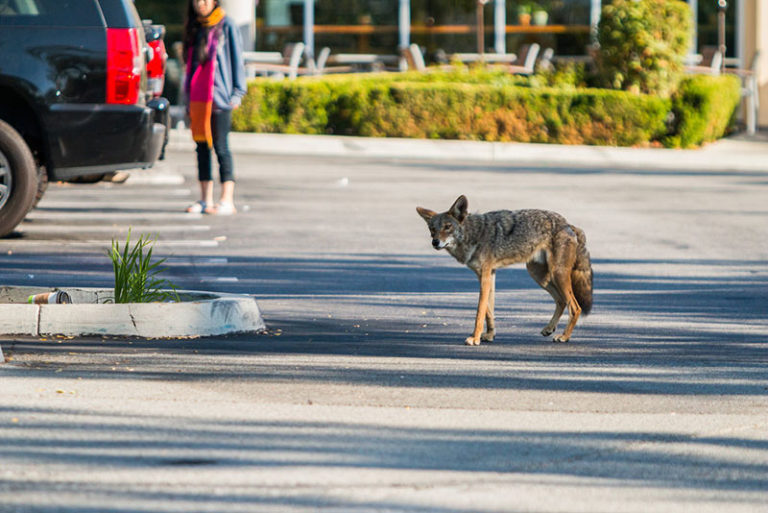
They usually prefer some protective cover at the den, such as bushes or trees, and some type of slope for drainage. Coyotes will also build dens from scratch by digging a hole. Dens may consist of a hollowed-out tree stump, rock outcrop, or existing burrow made by raccoons, skunks or other medium-sized carnivores. In April, after a 62 to 65-day gestation period, the female will begin looking for existing dens or dig one herself. Pup season is the only time coyotes will voluntarily use a den otherwise, coyotes usually sleep above ground in the open or in cover. Coyotes appear to be strongly monogamous and so far, bonds between alpha pairs have only been broken upon the death of one of the pair. (Scats often have more than one diet item therefore, frequencies do not necessarily add up to 100%).Ĭoyotes typically mate in February, however, only the alpha pair in a pack will mate and subordinates will usually help raise the young. In one study,the most common food items were small rodents (42%), fruit (23%), deer (22%), and rabbit (18%).

Coyotes are generally scavengers and predators of small prey but can shift to large prey occasionally. Our research has found that within the urban matrix, coyotes will avoid residential, commercial, and industrial areas but will use any remaining habitat fragments, such as those found in parks and golf courses.Īlthough coyotes are predators, they are also opportunistic feeders and shift their diets to take advantage of the most available prey. In urban areas, coyotes prefer wooded patches and shrubbery, which provides shelter to hide from people. are synanthropic species) or if they are merely occurring in human-populated areas due to increased sprawl and fragmentation. Current research is dedicated to understanding coyote habitat selection within urban areas, in order to understand if coyotes benefit from human-associated developments (i.e. They also use calls to defend this territory, as well as for strengthening social bonds and general communication.Ī lthough coyotes can use any habitat, they typically prefer open areas, such as the prairie and desert. One of the most adaptable animals in the world, the Coyote can change its breeding habits, diet and social dynamics to survive in a wide variety of habitats.Īlone, in pairs or in packs, Coyotes maintain their territories by marking them with urine.

Most adults weigh between 25-35 pounds, with a few larger individuals weighing up to 42 pounds. Eyes are yellow, rather than brown like many domestic dogs. Coyotes are usually a grayish brown with reddish tinges behind the ears and around the face but coloration can vary from a silver-gray to black. With pointed ears, a slender muzzle, and a drooping bushy tail, the coyote often resembles a German shepherd or collie.

The coyote is a medium-sized member of the dog family that includes wolves and foxes.


 0 kommentar(er)
0 kommentar(er)
